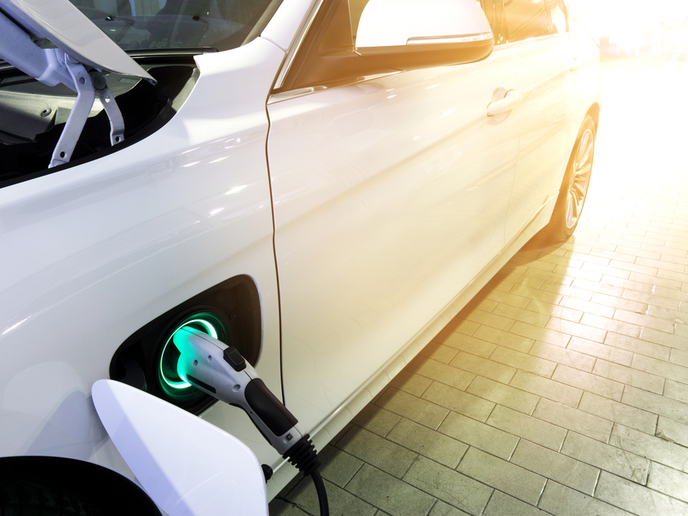A game-changing battery-supercapacitor pair for hybrid vehicles
Hybrid cars have long been touted as a sustainable alternative to conventional cars as they use substantially less fossil fuel and produce far less greenhouse gases. Despite their promising potential, the battery type they require is limiting their market acceptance. Lead-acid batteries, which have been used for decades in cars, are affordable and safe with proven performance. However, newer battery technologies and tougher anti-pollution regulations about carbon dioxide emissions and the ban on the use of hazardous materials are leading to a major reduction in their use. The aim of the EU-funded project LEFAPO was to offer alternative technology to lead-acid batteries, which have been around for over 150 years. “Due to their low cost and high surge currents, lead-acid batteries remain in high demand as starter batteries in cars including electric vehicles. However, they are heavy for the energy they store – a bad trait for mobile applications,” says Josef Tichánek, business development manager of Olife Corporation. Supercapacitor advantages Supercapacitors, can store more electrical charge than standard capacitors. The large surface area of the activated-carbon electrodes, coupled with the extremely thin double-layer distance gives the device one of the highest capacitance outputs. Supercapacitors are finding increasing application in transport. Their charge and discharge rates are spectacular compared to batteries. This is due to storing electrical energy purely electrostatically and not in the form of bound chemical energy as conventional batteries do. Since no chemical reaction takes place, they have exceptionally long lifetimes. Drawbacks and the hybrid solution While supercapacitors offer high capacitance and can charge hybrid cars in a matter of seconds, they have a few inherent properties that are not desirable. Supercapacitors exhibit a characteristic called self-discharge, which means that they are not very good at holding much energy for very long. In addition, their poor energy density – the amount of energy they can hold per kilogramme – put them at a significant disadvantage to lead-acid or lithium-ion batteries. The LEFAPO project realised the full potential of supercapacitors, at least in the electric vehicle domain, by pairing it with a lithium-ion battery. The result is a device with better energy density than a supercapacitor, but without the self-discharge characteristic, and more charge-discharge cycles than a lithium-ion battery. “Combining lithium cells and supercapacitors is the latest technology for hybrid cars. Supercapacitors can quickly absorb the generated electrical energy during a braking event and store it in the battery for later use. The speed this needs to happen is difficult for lead-acid and even lithium technology alone to achieve,” notes Tichánek. This ability to quickly store energy makes the hybrid system ideal for start-stop systems. “Olife’s new technology is designed to provide 10 years of service which is double the lead-acid battery lifetime,” emphasises Tichánek. What’s more, it is 50 % lighter and lends itself to faster charging – about three times faster than its counterpart. “Our goal was to develop a state-of the-art starting battery for cars that is safe and meets both new ecological and technical requirements of modern cars. The battery can be used as it is or further tailored to the needs of the target markets,” concludes Tichánek. Importantly, the battery is 100 % lead free and contains no other toxic materials.
Keywords
LEFAPO, supercapacitor, lead-acid battery, lithium-ion battery, hybrid car, start-stop cycles, discharge rate



